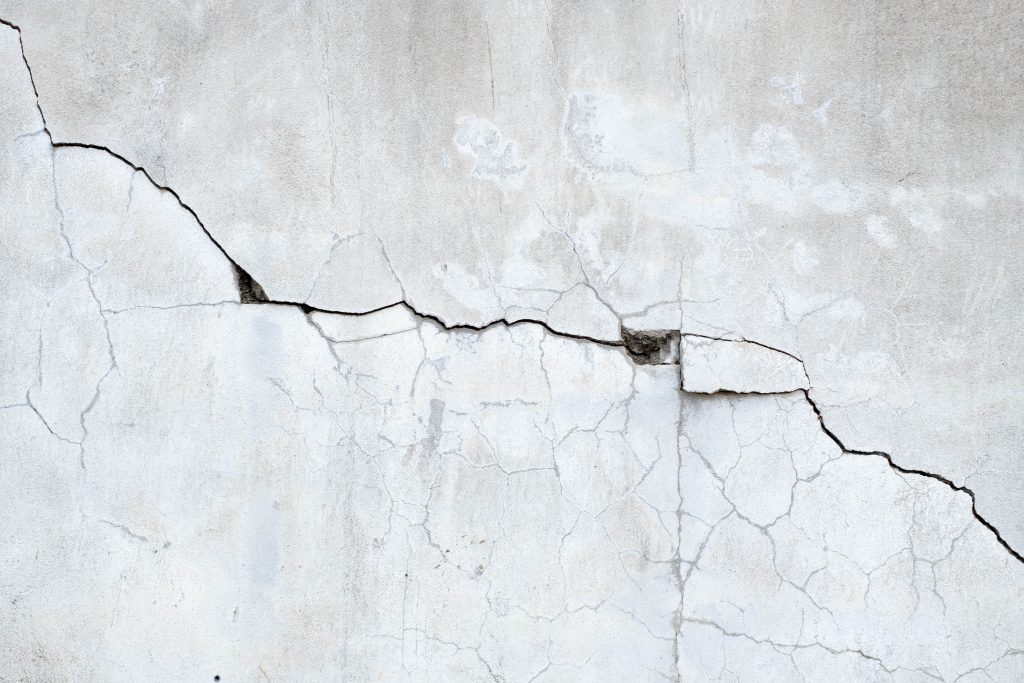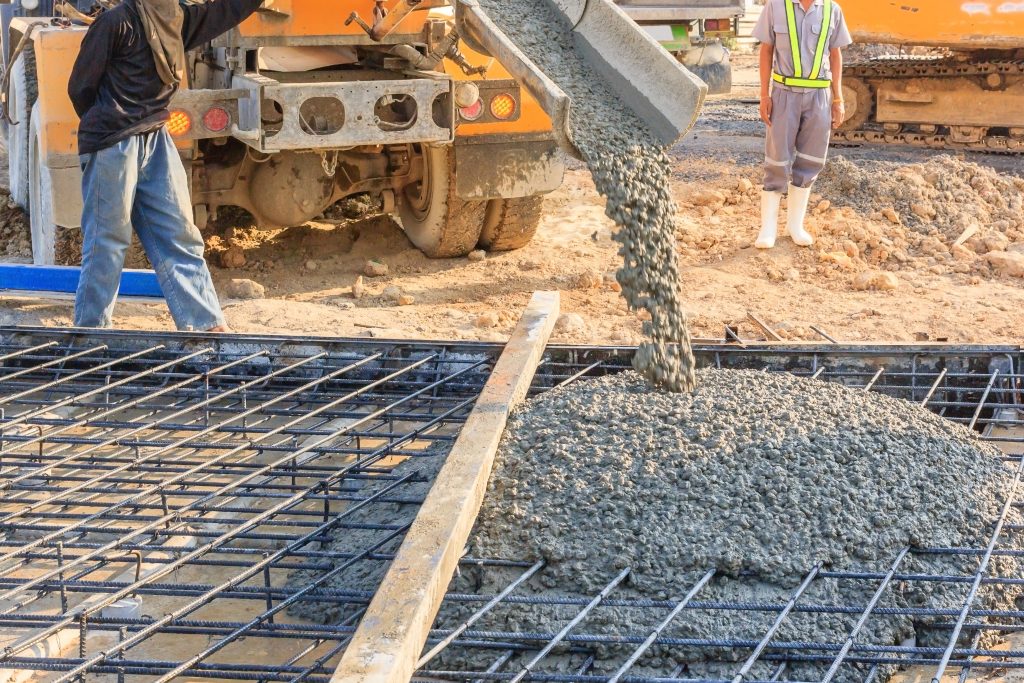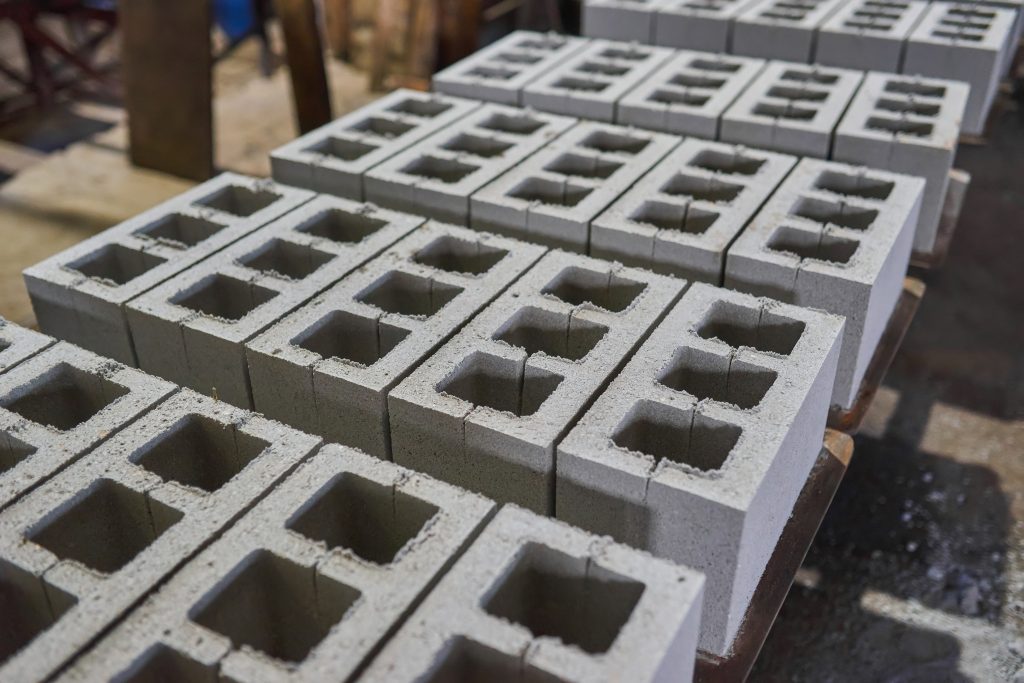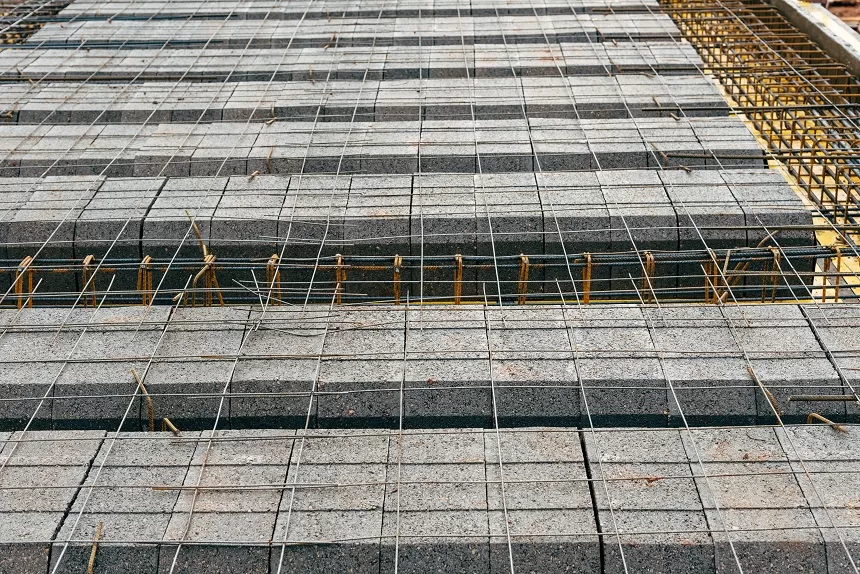From skyscrapers to sidewalks, concrete is one of the primary building materials that is used for its strength and durability. However, it requires careful handling from mixing to curing otherwise unwanted cracks can arise. Cracking of concrete can occur from various factors like excessive loads, changes in temperature, growth of vegetation and more. Cracks in concrete have different types and occur in varied patterns. So, read on to learn more about the types of cracks in concrete.
Types of Cracks in Concrete
Cracks in concrete can be classified into two types, viz. Structural cracks and non-structural cracks. Here is a closer look at these types:
Structural cracks:
These types of cracks in concrete impact the stability and integrity of a structure. They usually result from excessive loads, poor construction practices, or foundation settlement. These cracks are more significant and can pose serious risks if left unaddressed. They often appear wider, and deeper and are more irregular in shape compared to non-structural cracks. Structural cracks demand immediate attention and professional assessment to determine their root cause and necessary remedial actions.
Non-structural cracks:
They generally occur only on the surface due to factors like minor shrinkage during curing, temperature changes, or surface drying. These cracks are narrow and do not compromise the strength or durability of the concrete. They might affect the appearance, but they usually do not require extensive repairs unless they start to widen or get deeper.
Types of Structural Cracks in Concrete
Structural cracks in concrete fall into a few main categories based on their causes and characteristics:
Flexural cracking:
It occurs when the concrete undergoes excessive bending due to heavy loads, insufficient structural support or when it is stressed beyond its flexural strength. These cracks usually run along the surface, appearing parallel to the length of the structure or perpendicular to the applied force. These cracks can weaken the structure and require prompt remedies to prevent structural failure.
Shear cracking:
It happens when two sections of concrete slide against each other in a way that pulls them apart. This can occur near columns, walls, or other vertical supports, especially in structures subjected to external forces like wind or earthquakes. These cracks often have a diagonal pattern and can affect the stability of the building. However, shear cracking is a rare phenomenon and can be prevented by proper reinforcement and structural design.
Internal microcracking:
These are tiny cracks that develop within the concrete but are not immediately visible on the surface. These cracks occur due to factors like shrinkage during curing, temperature changes, or chemical reactions within the concrete. Although they are small, they can compromise the concrete’s strength and durability over time. Proper testing methods like ultrasonic or microscopic analysis should be employed to detect and assess these microcracks.
Types of Non-structural Cracks in Concrete
Non-structural cracks in concrete are superficial and do not pose a threat to the overall stability of the structure. Here are common types of non-structural cracks:
Plastic shrinkage cracks:
When the surface of freshly poured concrete dries too quickly, it can lead to plastic shrinkage cracks. This happens if the top layer dries out faster than the concrete beneath, causing the surface to pull apart and form shallow cracks. These cracks are indicators of insufficient moisture retention during the early stages of the concrete setting.
Plastic settlement cracks:
These cracks occur when the wet concrete settles unevenly due to inadequate formwork during the early stages of concrete setting. These cracks get deeper once the formwork is removed and the concrete loses support and shifts.
Cracks due to formwork movement:
The moulds used to shape concrete while it sets can sometimes move or shift slightly before the concrete hardens. Although these cracks do not have any notable pattern, you can see small cracks on the surface or edges of the concrete.
Crazing:
It occurs when the surface of the concrete develops a network of fine cracks, almost like a spider web. Improper finishing techniques during the concrete placement phase, where excessive trowelling or inadequate consolidation occurs can contribute to the initiation of these minor cracks. Moreover, rapid drying due to high temperatures imposes stress on the concrete surface and expedites the water evaporation process and consequently promotes crazing.
Drying shrinkage cracks:
As concrete dries and cures it naturally shrinks a bit. If there are constraints that prevent this shrinkage, like rigid boundaries or inadequate reinforcement, it can lead to the development of tensile stress. If this stress goes beyond the concrete’s capability, noticeable cracks will occur on the surface or within the concrete.
Cracks due to thermal movement:
Changes in temperature cause concrete to expand and contract. When these changes happen rapidly or excessively, the concrete may develop cracks to adjust to the movement. These cracks do not usually affect the structural integrity of the concrete, but it is imperative to address them promptly.
Build a superior-quality structure with JK Cement’s Portland pozzolana cement for enhanced durability and sustainability. You can check out our store locator to know the cement prices.
FAQs
What are the types of cracks in concrete?
Cracks in concrete can be structural or non-structural. Structural cracks affect the stability and strength of the structure like flexural and shear cracks. Non-structural cracks appear on the surface and do not have adverse effects on the structure. These include plastic shrinkage or drying shrinkage cracks.
What causes concrete to crack?
Concrete cracks occur due to various factors like excess load, inadequate settling, temperature changes, or rapid drying. Structural design issues or poor construction practices can also contribute to the cracking of concrete.
When should I be worried about concrete cracks?
It is recommended to repair cracks in the early stages. However, you need to worry if cracks are getting deeper or reoccurring after repairs. These cracks can affect structural integrity and require Immediate action.
How do you fix cracks in concrete?
Small non-structural cracks can be patched with fillers or sealants. However, deep and wide cracks may need professional assessment and repairs using epoxy injections, mortar overlays, or rebuilding the affected sections.














